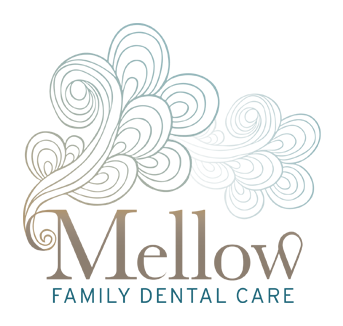Have you ever been brushing your teeth or looking at your reflection and noticed a large bump on your gums? What is it? What causes this problem? How can your dentist treat the issue? Are there ways to get rid of the boil at home?
WHAT CAUSES BUMPS ON GUMS?
Bumps or boils on gums are also called abscesses. The main cause behind this problem is bacteria, whether it is from plaque, particles of food, or tooth decay. Although are, the boil may also be a sign of oral cancer.
Pain is typically the first indication that you have an abscess on you gums. Other symptoms, besides seeing it on the mirror or discovering it with your tongue may include:
- Bleeding
- Bad Breath
- Puss Discharge
- Swollen Gums
- Ear Ache
- Nausea
- Fever
- Fatigue
- Sensitivity to hot & cold
- Bleeding
While some of these symptoms by themselves may not necessarily mean you have a gum boil, it is never a bad idea to see your dentist to be sure.
HOW CAN YOUR DENTIST TREAT THE PROBLEM?
Most of the time, a gum boil is due to poor oral hygiene, so it can be resolved with better oral health habits like more regular brushing and flossing. Additionally, your dentist may prescribe antibiotics combined with another treatment such as:
– If the cause is ill fitting dentures, a denture adjustment
– If the cause is tooth decay, a root canal
– If the cause is unhealthy gums, a deep cleaning
HOME REMEDIES FOR GUM BOILS
Believe it or not, there are some ways you can alleviate you symptoms at home. The best way to treat the issue is to see your dentist, but if that is not possible, try out these methods:
– Gargle with saltwater
– Rinse with mouth with a 50/50 solution of water and hydrogen peroxide
– Rinse with garlic juice
– Apply clove oil or tea tree oil to the affected area
Gum Boils might be gross and uncomfortable, but they aren’t’ the end of the world. Even if on the rare chance they are a sign of oral cancer, it can typically be treated if you see your dentist right away.



